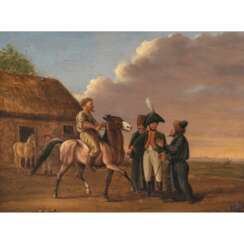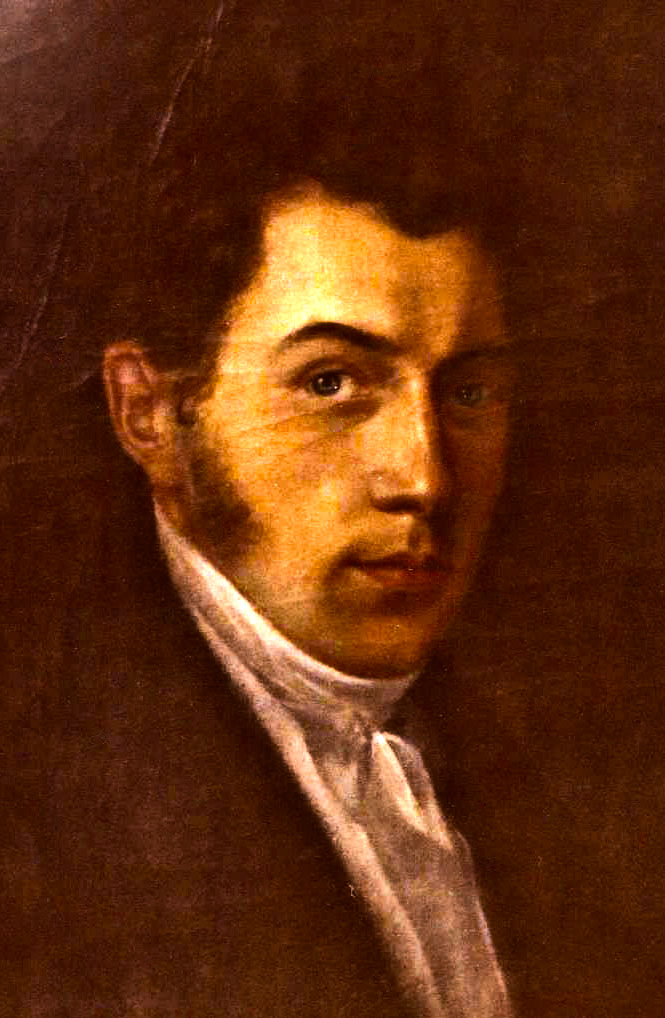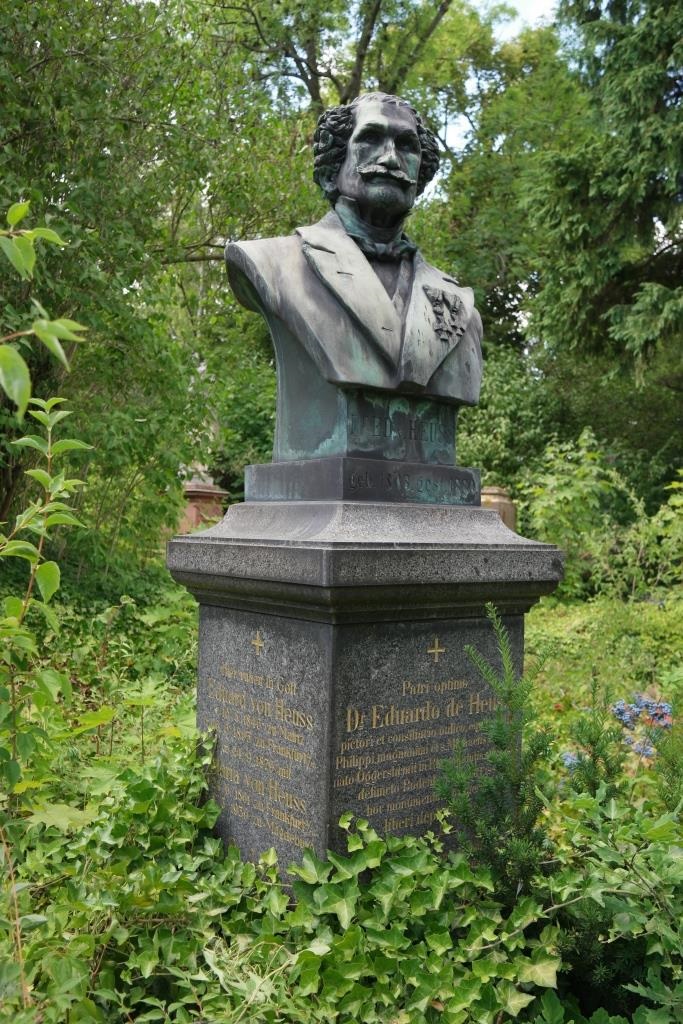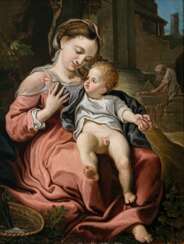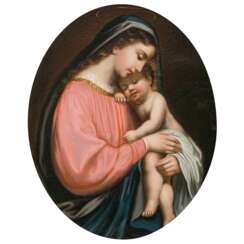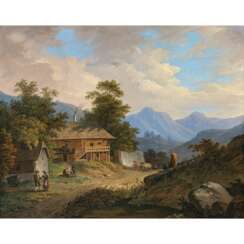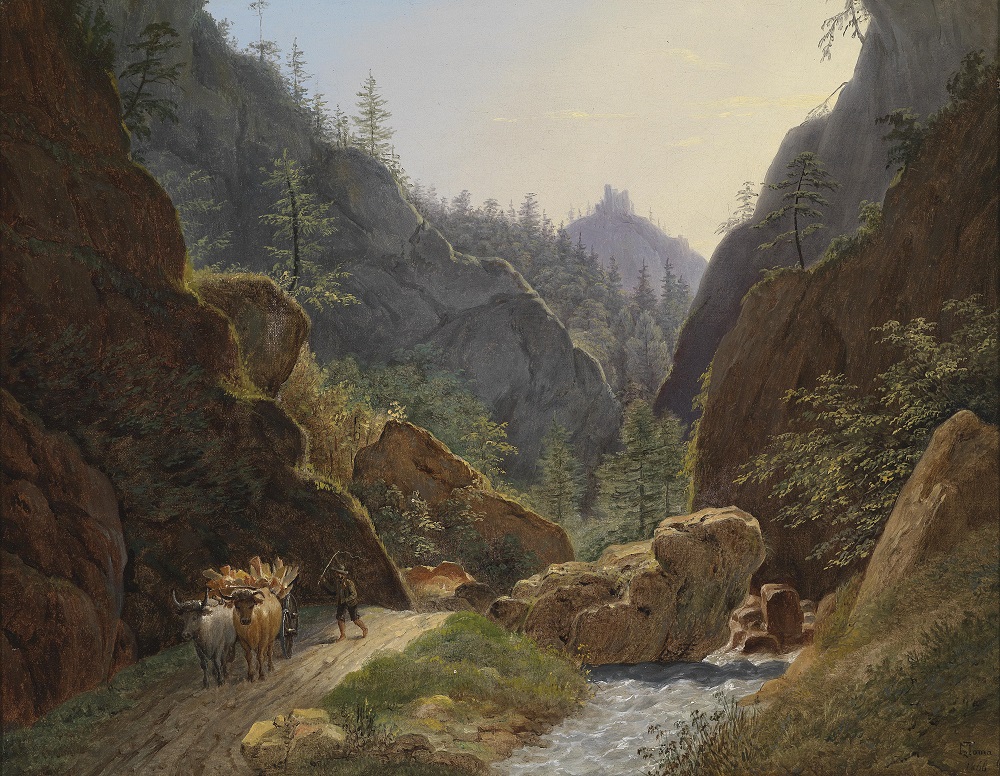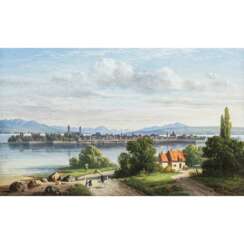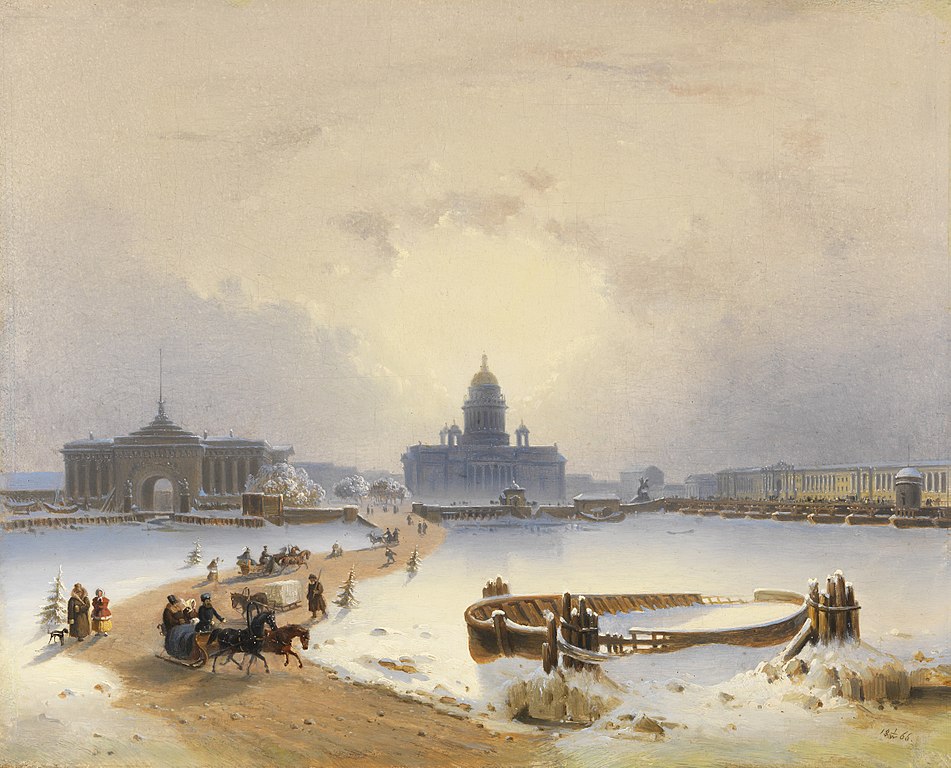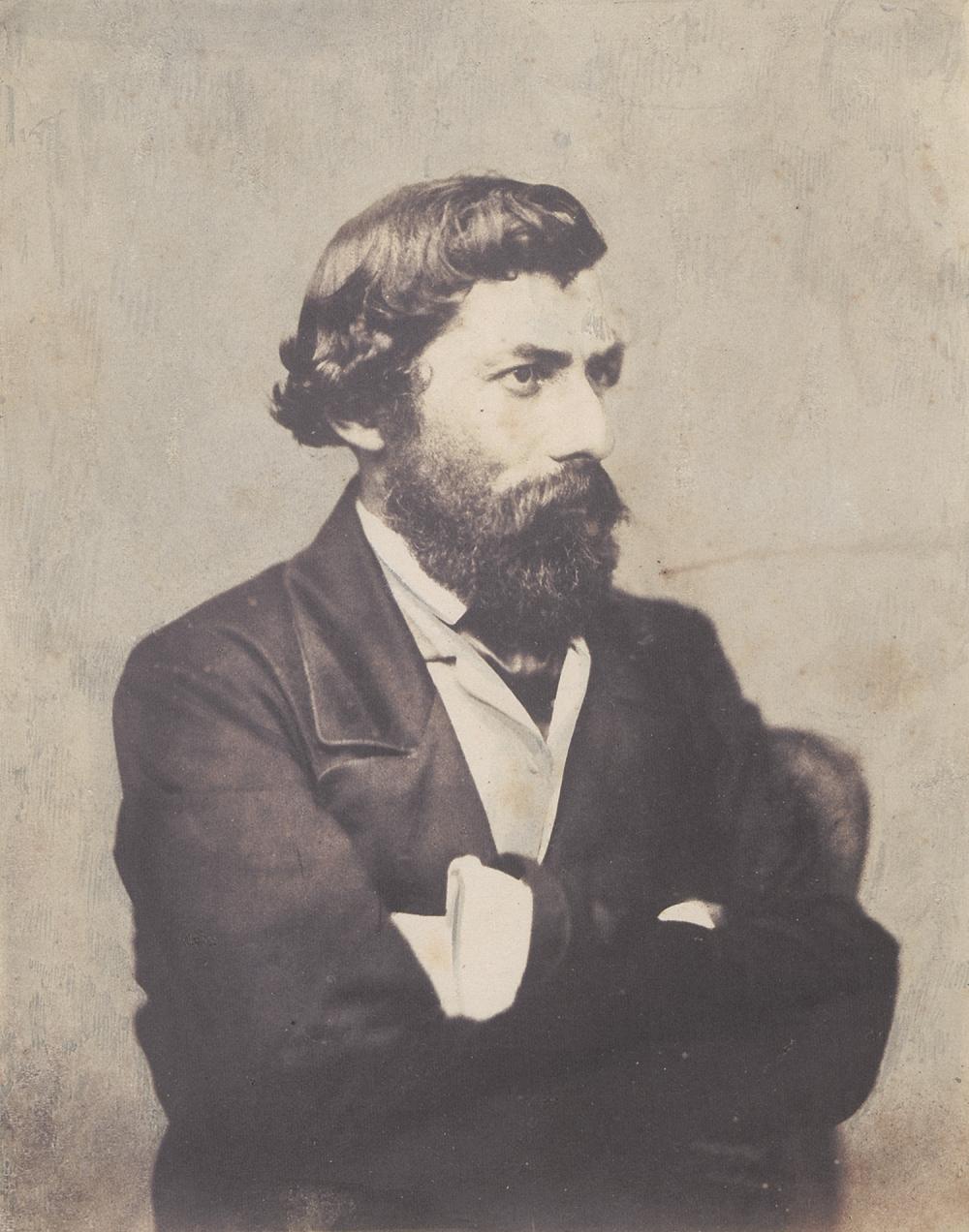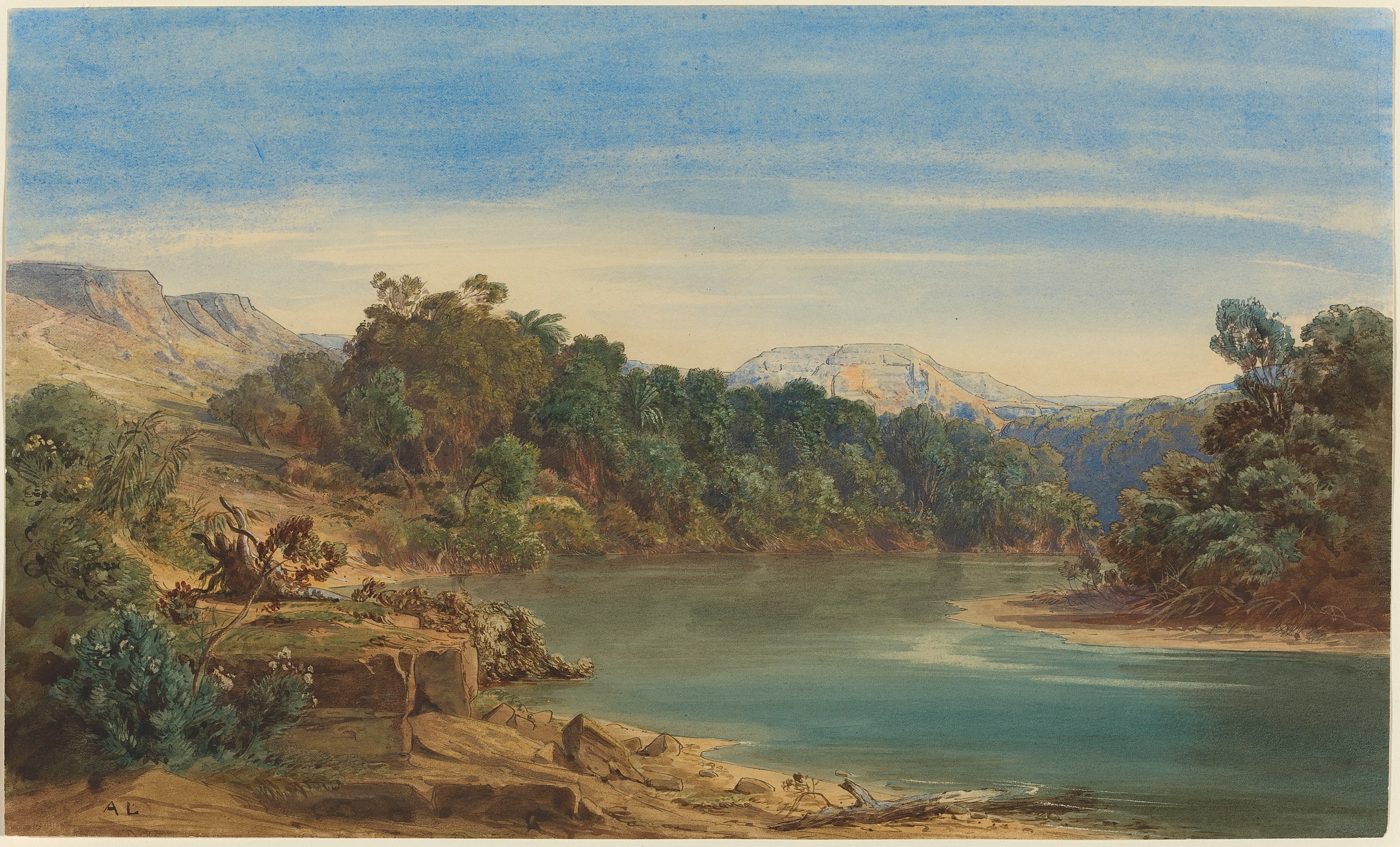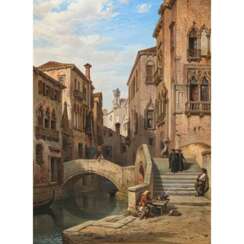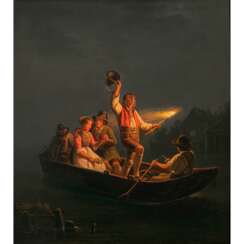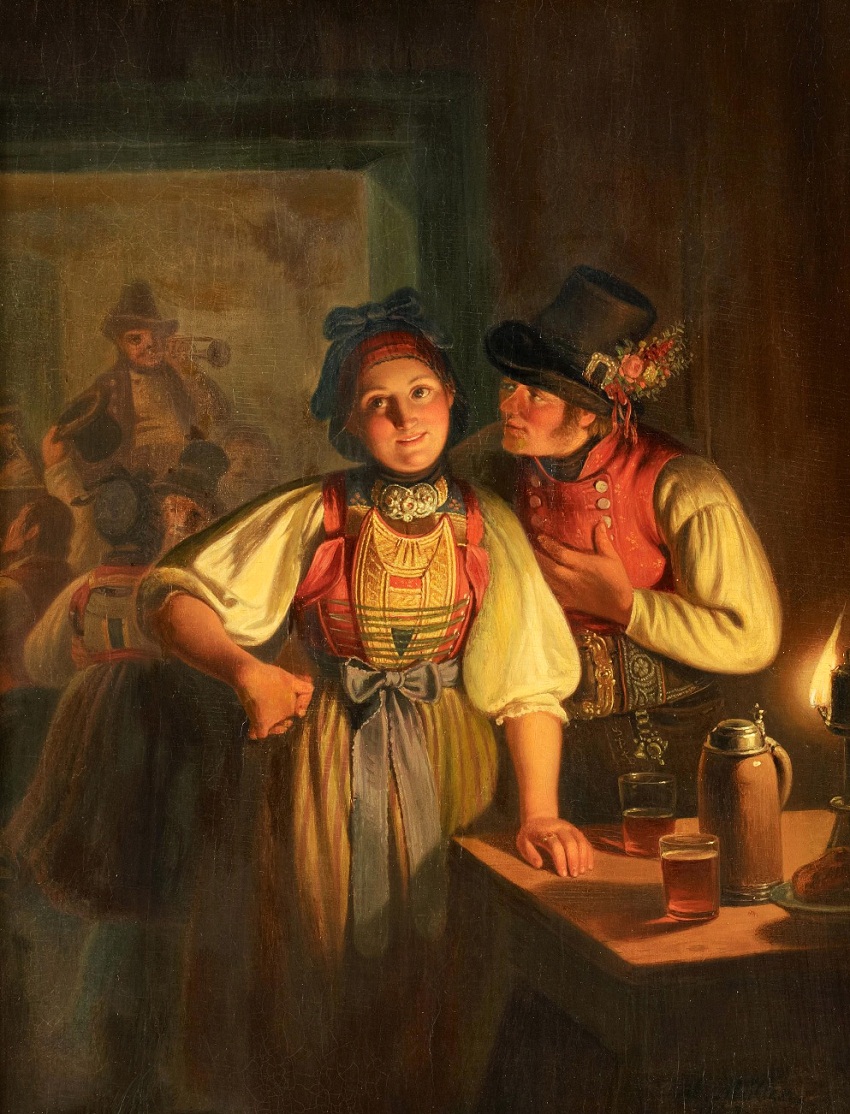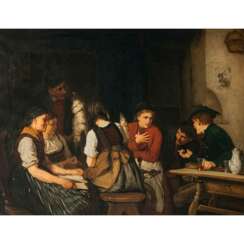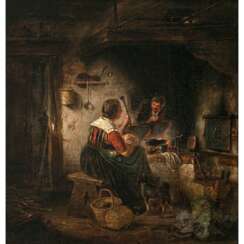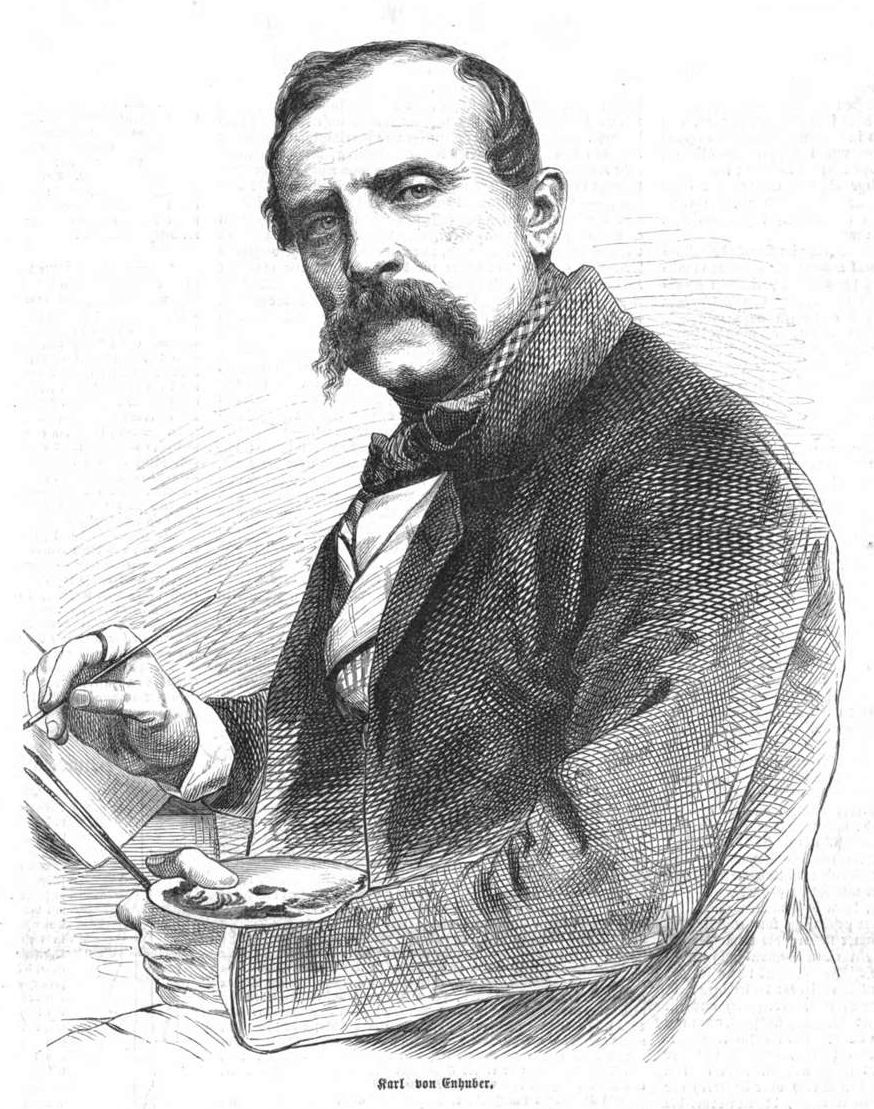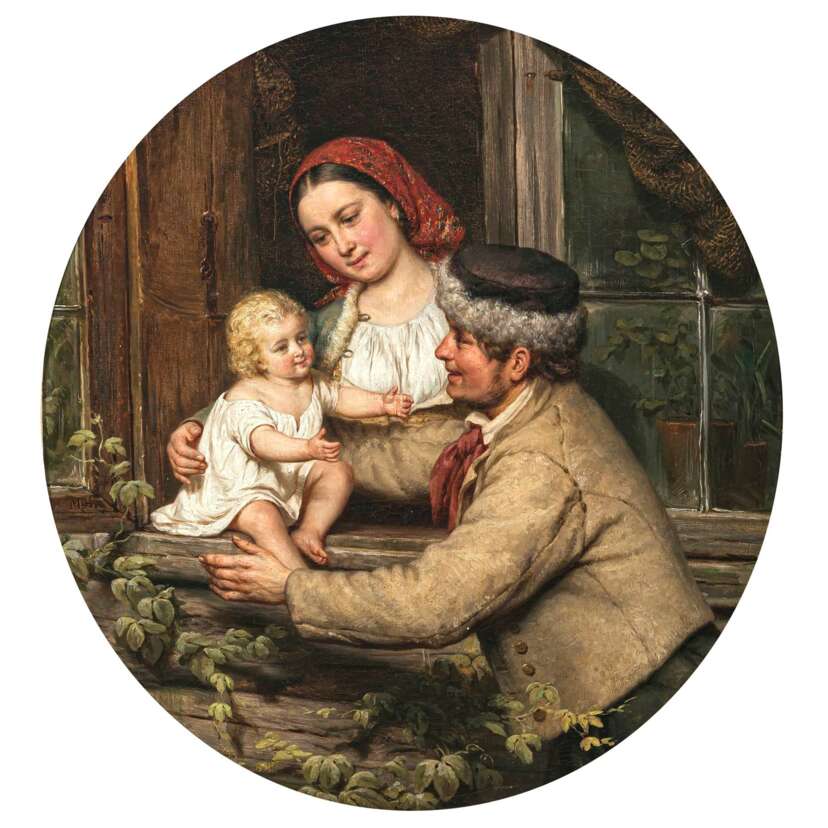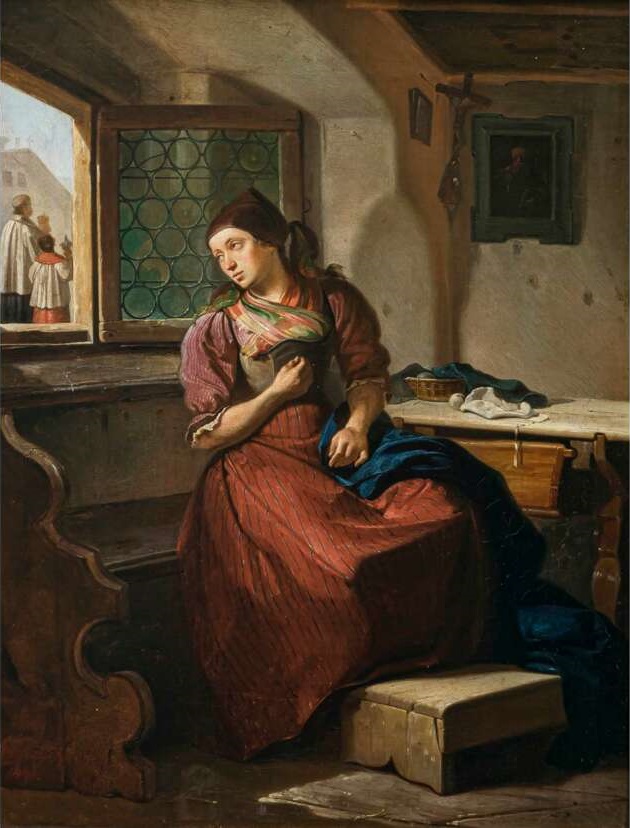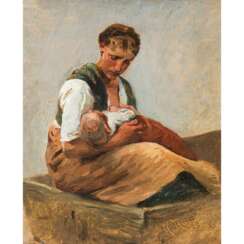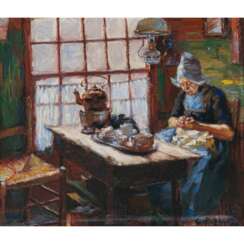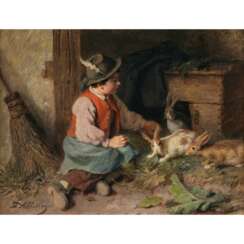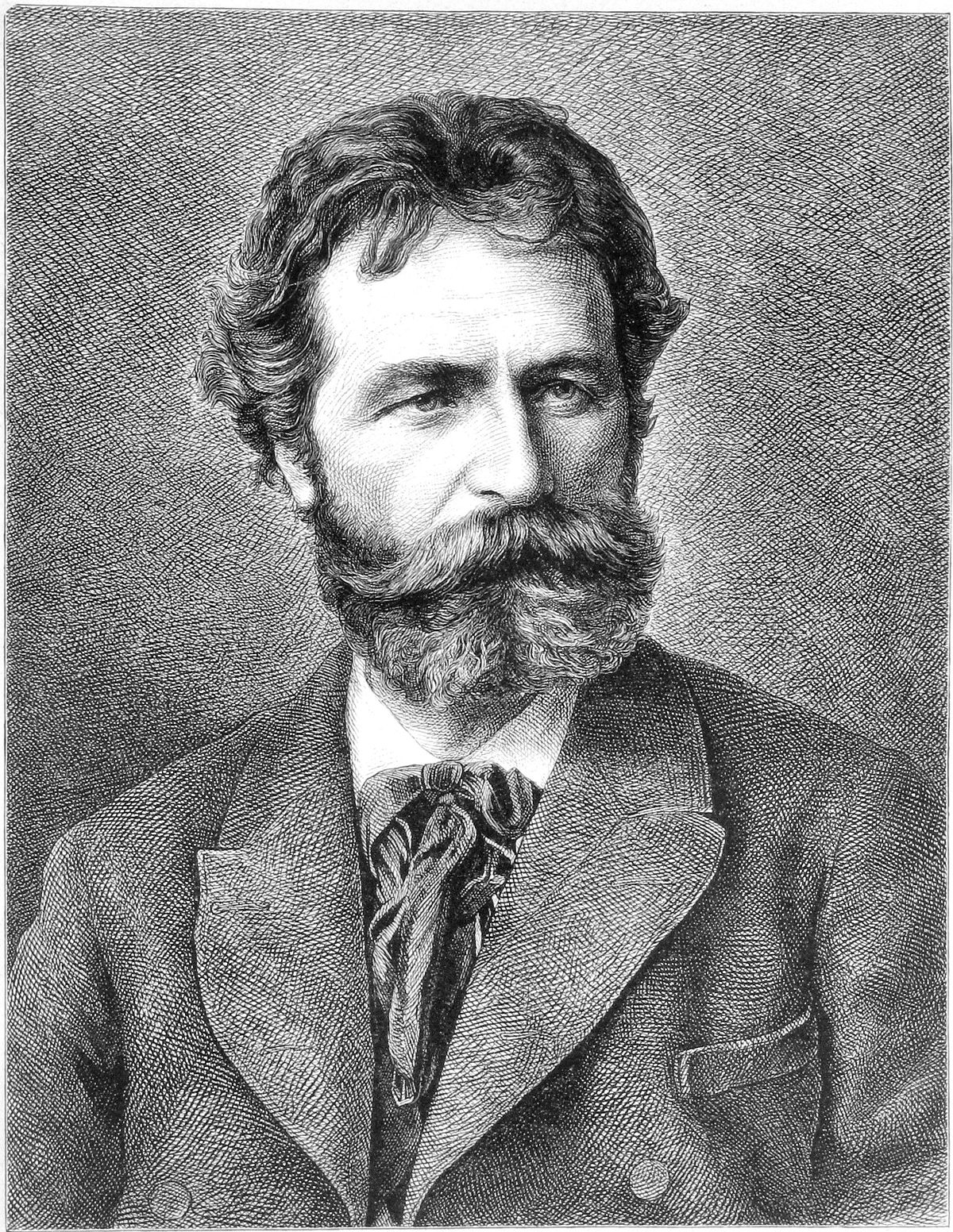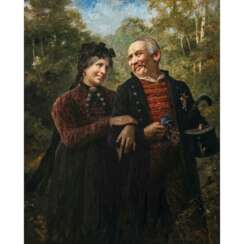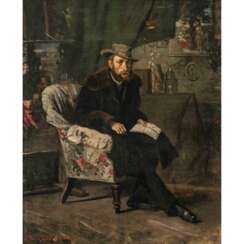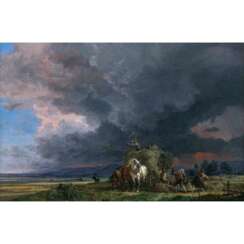
Paintings 19th - 20th century — GEMÄLDE UND GRAPHIKEN VOM 15. BIS 20. JAHRHUNDERT
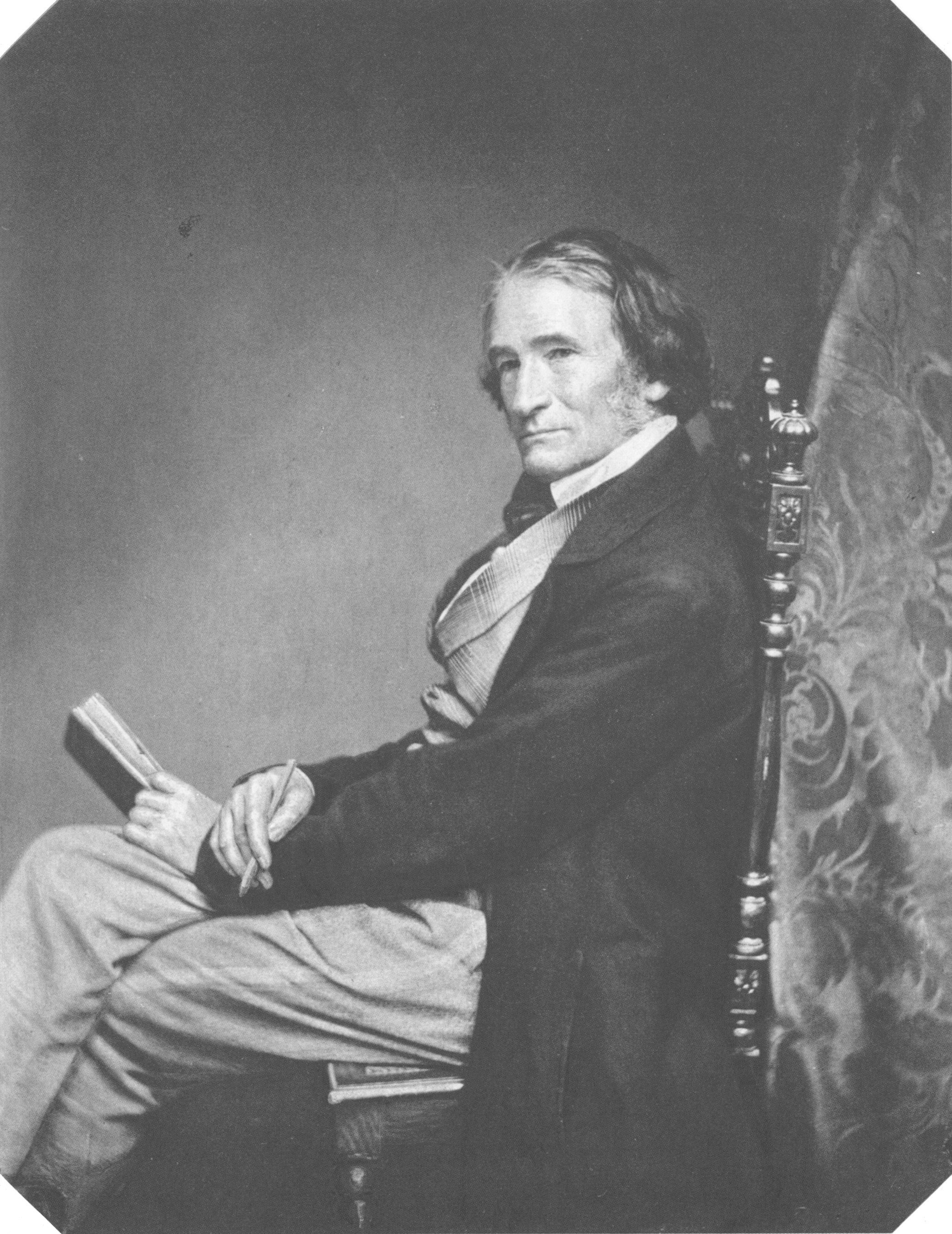
Joseph Karl Stieler was a German painter. From 1820 until 1855 he worked as royal court painter of the Bavarian kings. He is known for his Neoclassical portraits, especially for the Gallery of Beauties at Nymphenburg Palace in Munich, as well as his emblematic portrait of Ludwig van Beethoven, which has become one of his most famous works.
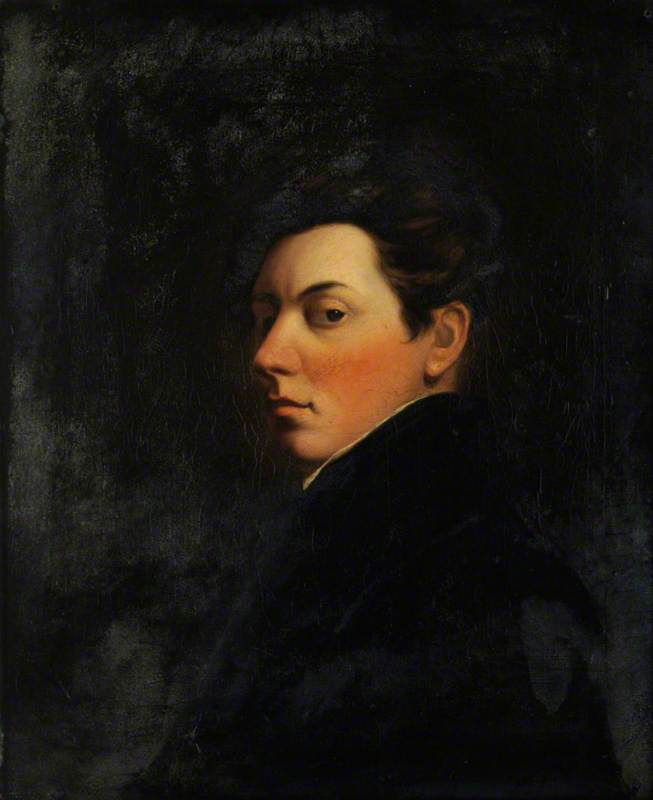
Ambrosini Jérôme, originally born James Parker Ambrosini Jerome, is a testament to the rich heritage of artistic talent within our family lineage. Born on August 8, 1810, in Portsea, Jérôme was a visionary artist whose Italianate pseudonym echoed the romanticism of his era.
Appointed Royal Painter to the Duchess of Kent and young Princess Victoria, Ambrosini's artistry gained royal acknowledgment as early as 1833. Despite the restrictive English art scene of his time, he aligned with the Pre-Raphaelites, rebelling against conventional standards to exhibit in Liverpool, where their art flourished outside London's stringent circles.
Ambrosini's legacy, though not steeped in fame, lives on through his paintings, cherished in private collections worldwide and honored in the Portsmouth Museum. His life, bound intimately to his craft, ended on April 7, 1883, leaving behind a narrative woven into the very fabric of our family's history.
Uncover the legacy of Ambrosini Jérôme by visiting the Portsmouth Museum, and stay updated on the availability of his works in auctions by signing up for our newsletter.
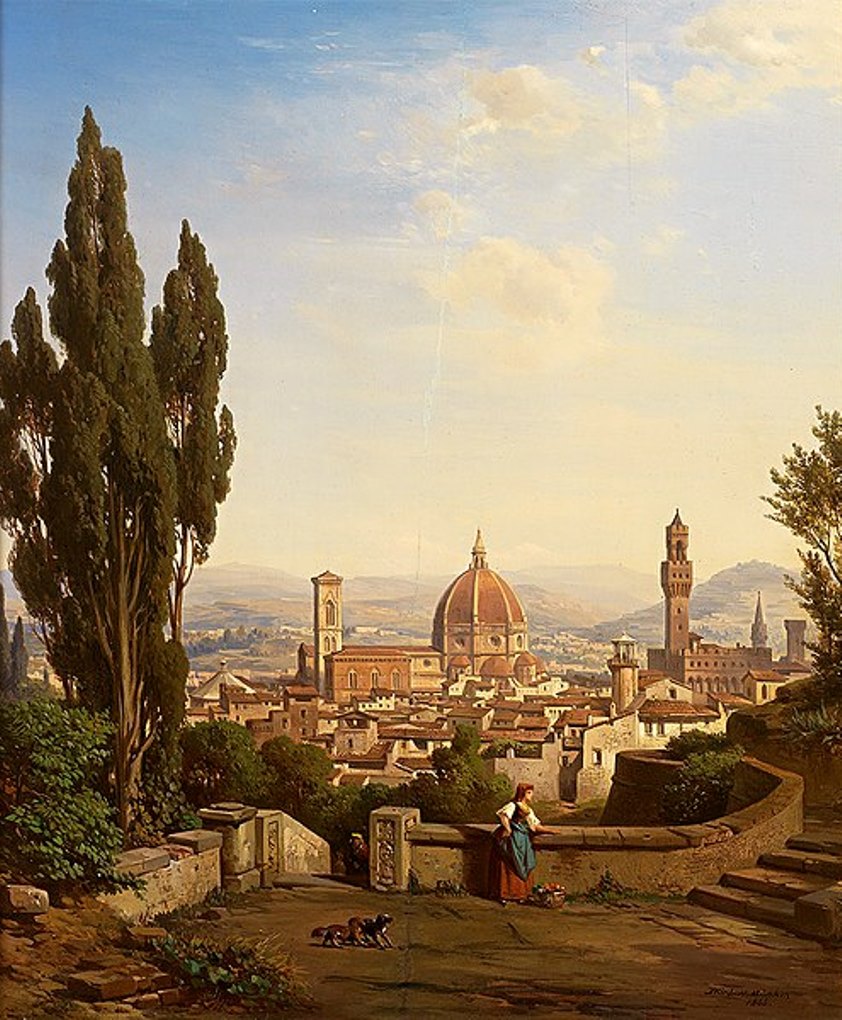
Albert Emil Kirchner was a German painter and draftsman known for his depictions of architectural structures and a member of the Munich Academy of Art.
He made drawings for the collection "Medieval Monuments of Architecture." In the mid-19th century, Kirchner was commissioned by the Bavarian Eastern Railway to produce a series of watercolors of towns along that road. These drawings are still used today as an important source of railroad history.
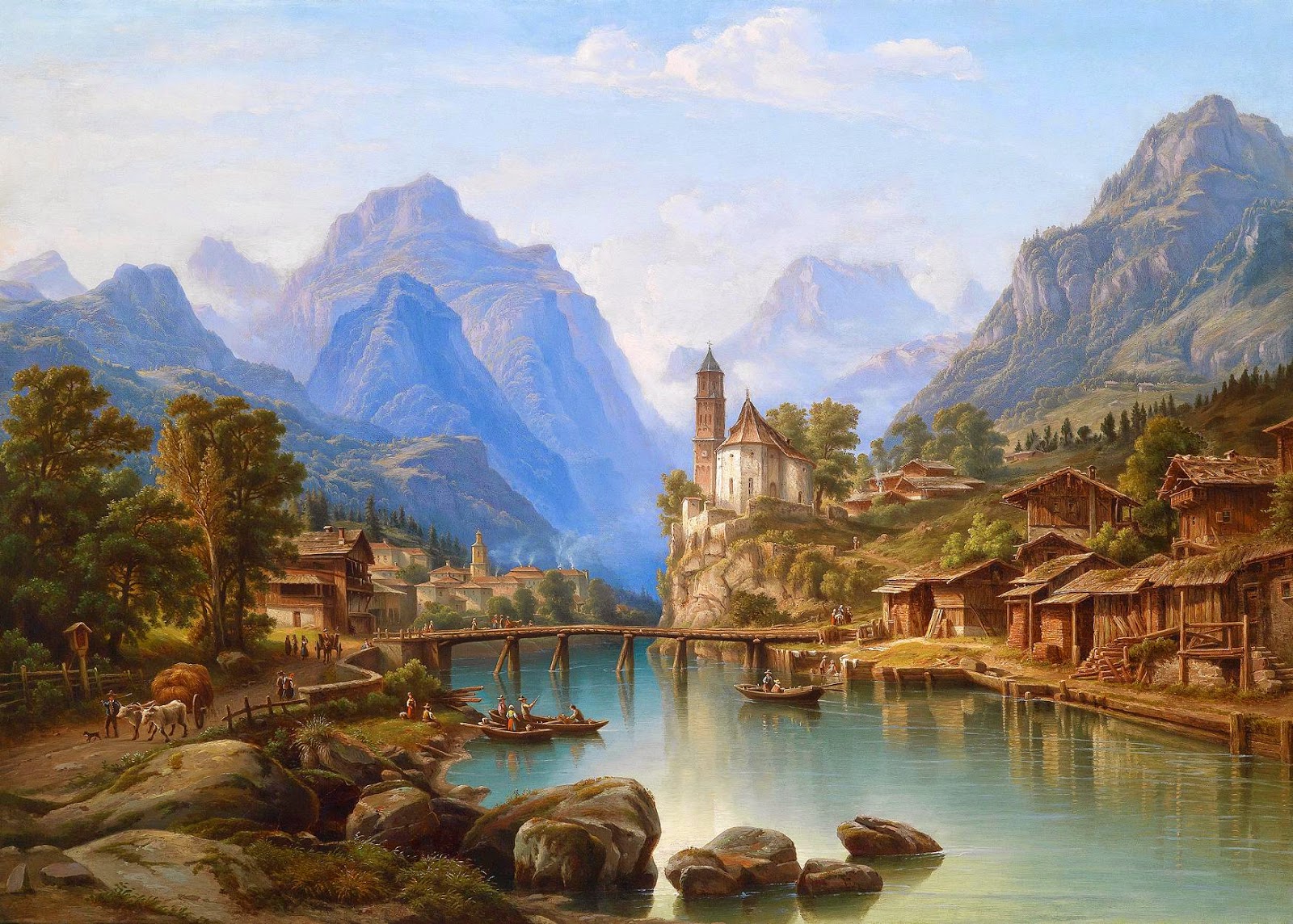
Heinrich Karl Jaeckel (Jäckel) was a German landscape painter who painted views of northern Italy and Switzerland. He exhibited regularly at the Berlin Academy, as well as in Lübeck, Dresden and Vienna.
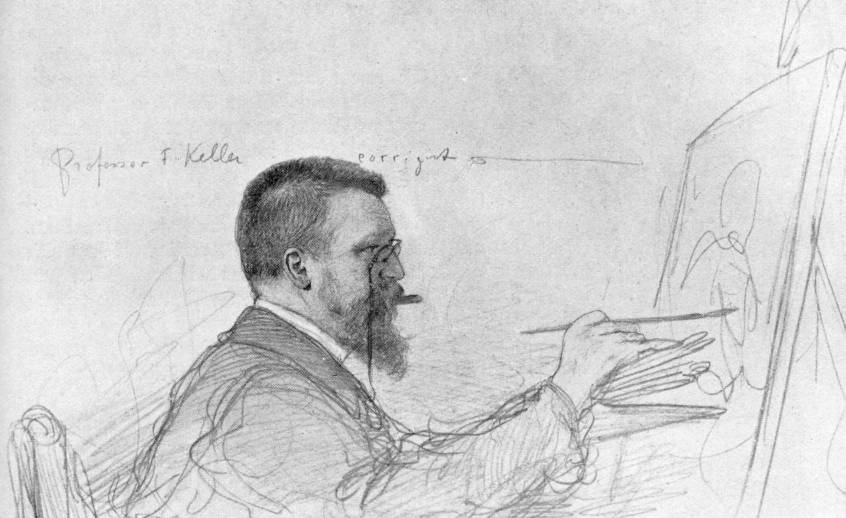
Ferdinand Keller was a German painter of the last third of the nineteenth and early twentieth centuries. He is known as a genre and historical painter as well as a teacher.
Keller earned his first major success in 1867 with his painting The Death of King Philip II of Spain. In his monumental works, he celebrated historical, dynastic, and cultural episodes in the history of Germany and Baden. One of his famous works is the painting "Apotheosis of Kaiser Wilhelm I", which was purchased by Kaiser Wilhelm II. Keller's works now grace the halls of theaters including the Baden State Theater and the Semper Opera in Dresden.
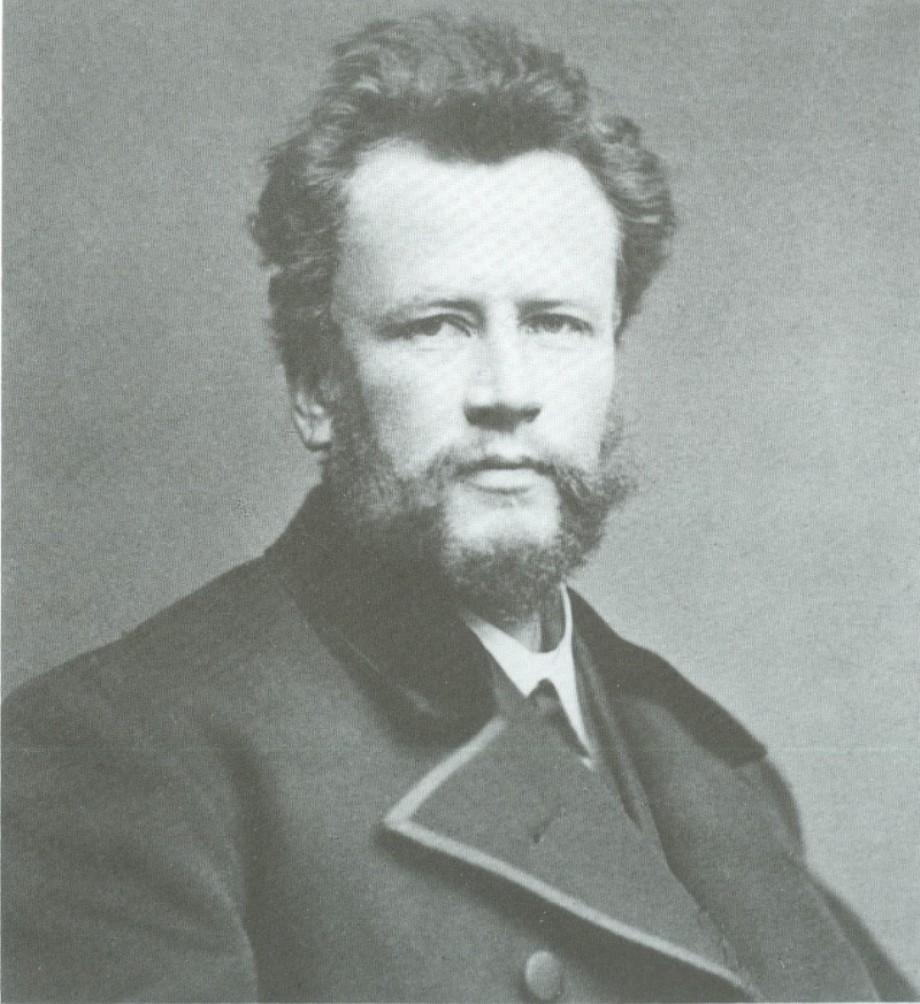
Hugo Wilhelm Kauffmann was a German painter of the second half of the 19th and early 20th centuries. He is known as a household painter, a representative of the Munich school of painting.
Kauffmann painted genre works, the action of which often took place in taverns. He executed his paintings on wood in small sizes. The artist's keen observation and healthy sense of humor, combined with his characteristic drawing and coloring, gave his works freshness and vividness. He drew his subjects from the life of the lower strata of society, creating a sense of reality in his paintings.
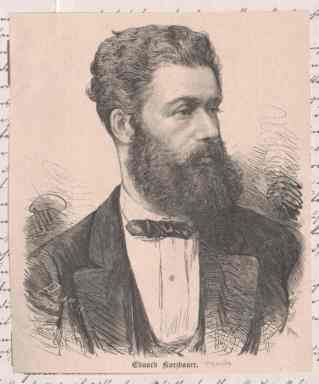
Eduard Kurzbauer was a German-Austrian painter of the second half of the 19th century. He is known as a painter-genre painter, researcher of folk life.
Kurzbauer became known to the public while still an apprentice through his painting The Storyteller. He was admitted to the Piloti Studio in Munich, where he mastered the technique of painting. The following famous paintings of the artist, such as "Caught up fugitives", "Rejected Groom", "Village Feast", "Wine Trial", "Unfounded Jealousy" and others, are characterized by the vitality of the composition, expressiveness of faces, fresh colors and sensuality of color and give a special charm to the themes of folk life.
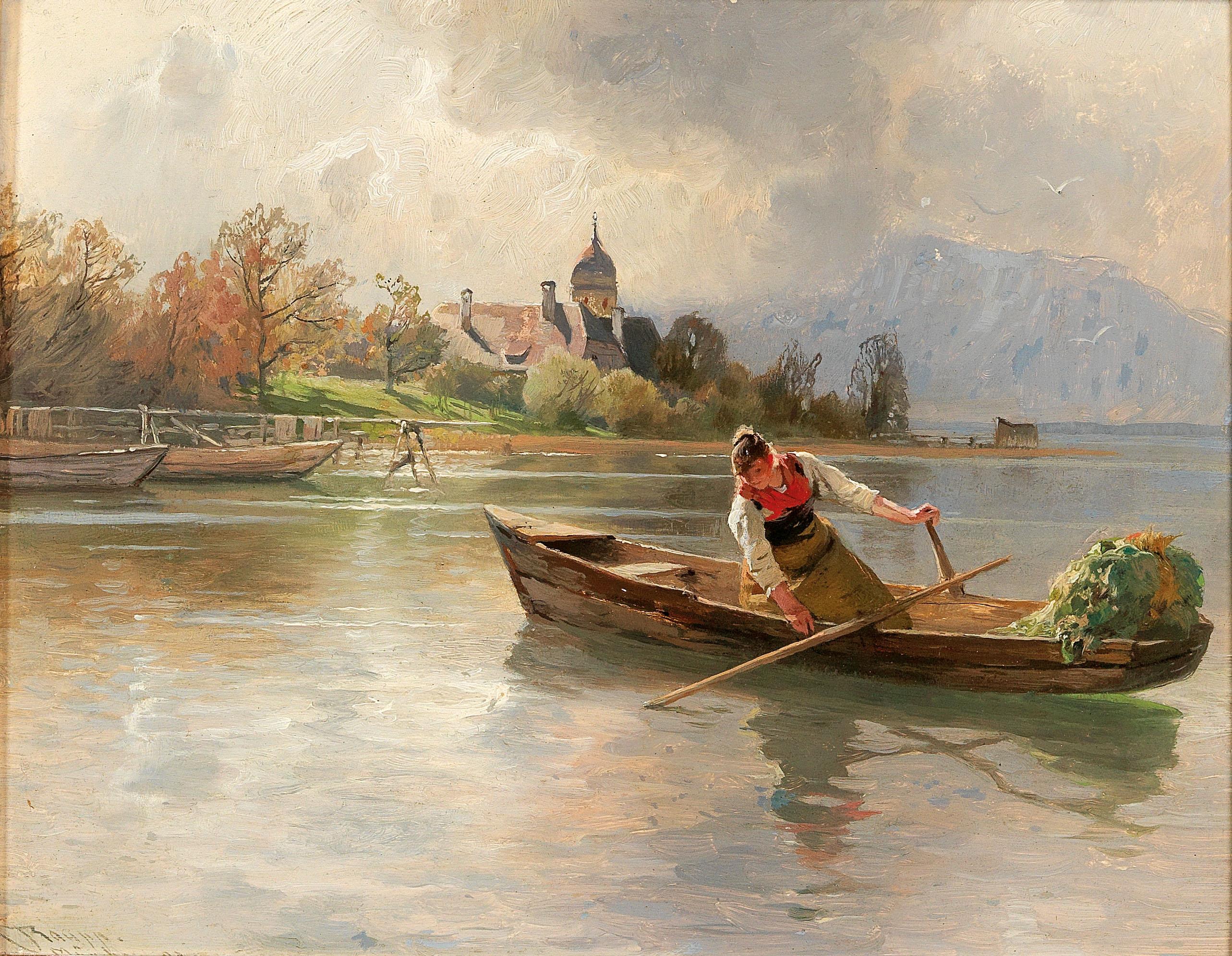
Karl Raupp was a German painter of the last third of the nineteenth and early twentieth centuries. He is known as a painter and graphic artist.
Karl Raupp worked primarily in landscape and genre painting. He often depicted the fishermen of Lake Kimsee and the peasants of Upper Bavaria. His work is characterized by his ability to subtly convey color and the play of light.
Raupp founded an artists' colony on the island of Fraueninsel on Lake Kimsee and also wrote a painting textbook.
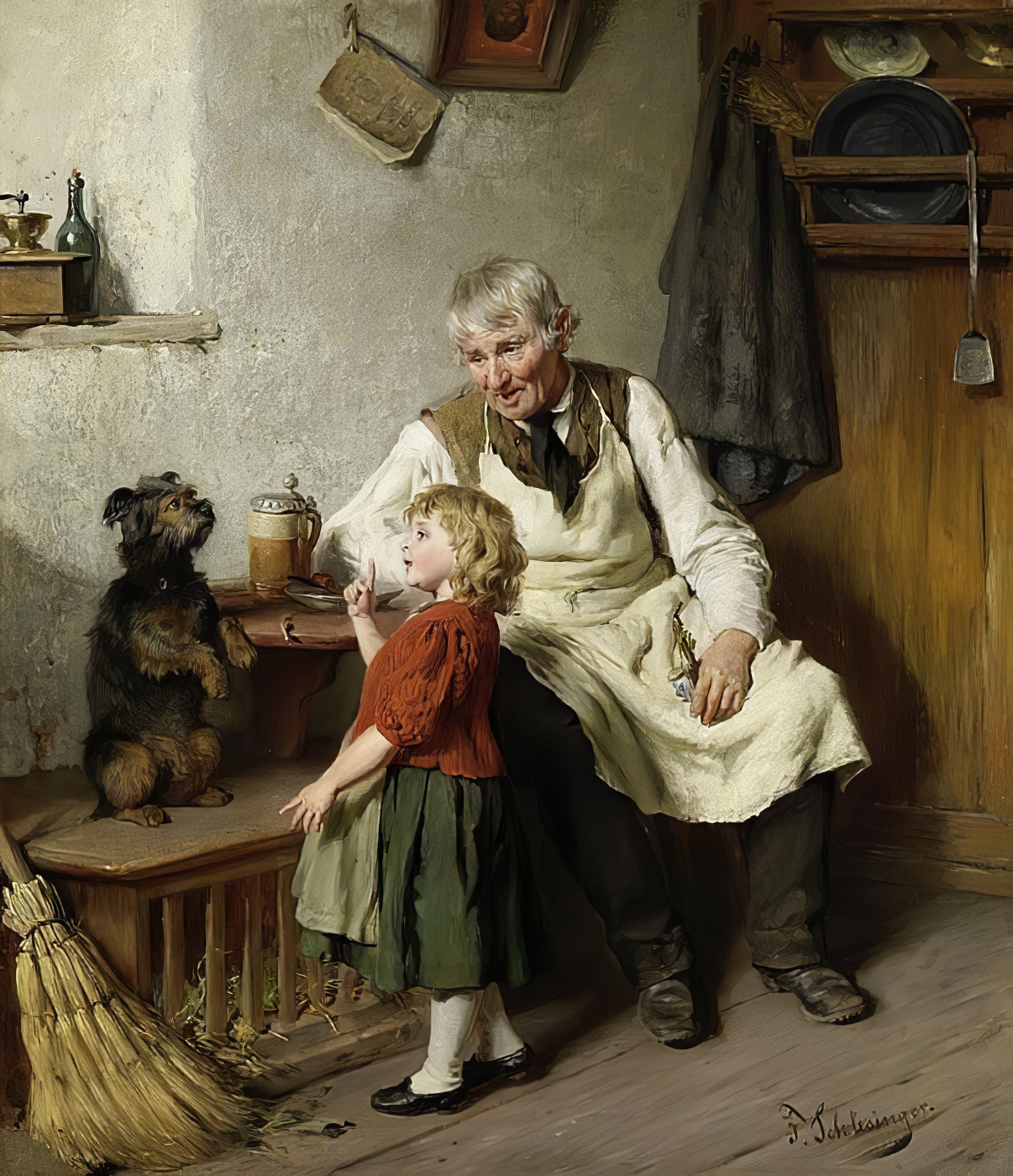
Felix Schlesinger was a German painter and illustrator. He studied figurative painting in Antwerp and in 1850 and 1851 at the Düsseldorf Academy of Arts.
Felix Schlesinger is the author of genre paintings and portraits. One of the most famous painters of children's themes, which was very popular all over the world in the 19th century.
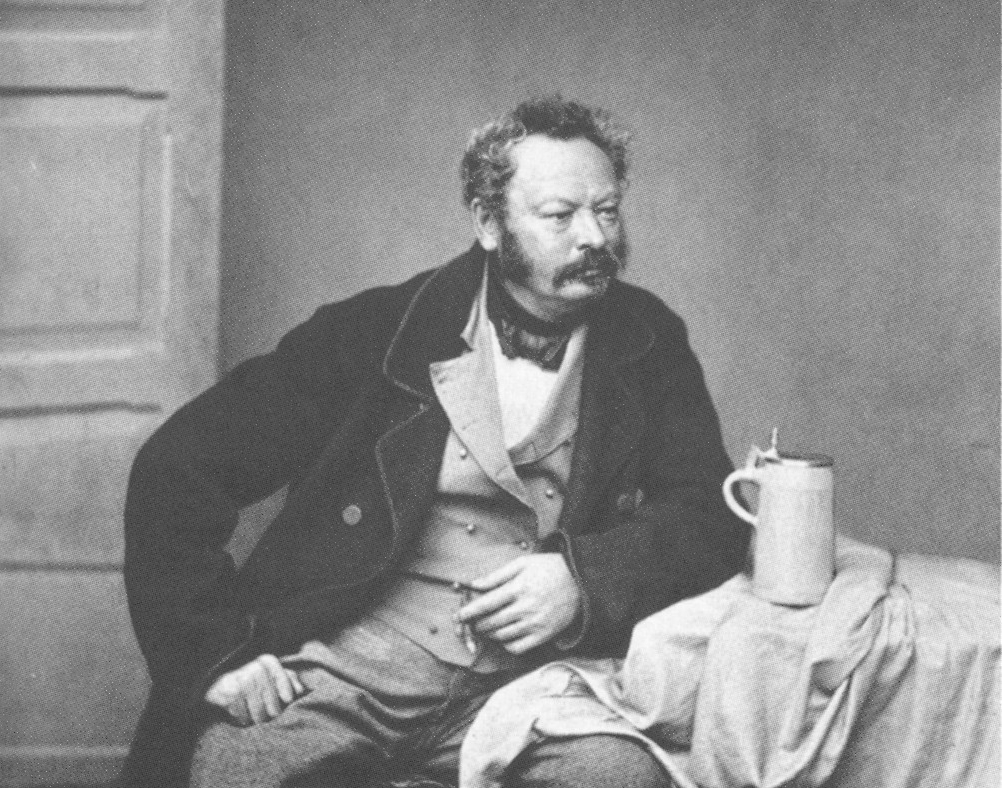
Heinrich Bürkel was a German artist of the mid-nineteenth century. He is known as a painter and graphic artist, representative of the Biedermeier style.
Heinrich Bürkel specialized in genre and landscape paintings, especially winter landscapes. He often used Staffage and depicted animals. His work showed the influence of the old Dutch and Italian masters. Bürkel enjoyed great popularity, his paintings were actively acquired for private collections, including in America. The master painted about 1000 paintings and created about 6000 drawings.





